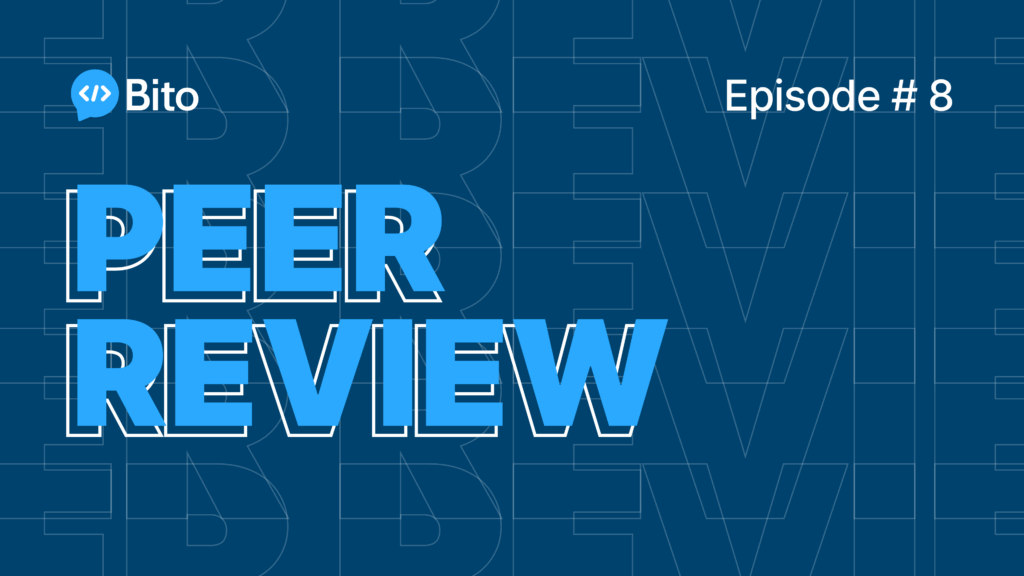Ever heard the saying “you gotta pay your dues”? In software development, that saying translates to technical debt. Just like financial debt, it accumulates over time and can become a burden if left unchecked. This article explores what tech debt is, why it happens, and how to avoid it, whether you’re a coding newbie or a seasoned developer.
What is Tech Debt?
Tech debt refers to the shortcuts and design choices that make future development and maintenance a nightmare. It’s like a credit card – taking on a little debt initially might seem okay, but the interest (extra work) adds up fast.
This can include:
- Cutting corners: Writing messy code to meet a tight deadline.
- Rushing into development: Skipping the planning and design phases.
- Reusing outdated code: Maintaining old, unsupported systems.
The Price of Tech Debt
Tech debt might seem like a quick win in the short term, but it comes with a hefty price tag in the long run. Here’s what you can expect:
- Buggy software: Messy code leads to more bugs and crashes.
- Slower development: Fixing and working around tech debt slows down future coding.
- Limited functionality: Adding new features becomes difficult with a cluttered codebase.
- Higher maintenance costs: Debugging and fixing problems caused by tech debt becomes expensive.
How to Avoid Tech Debt?
While some technical debt is inevitable, here are several key strategies to help you proactively avoid it:
- Prioritize code quality: Focus on writing clean, well-documented code from the start. This reduces future bugs and makes it easier to understand and modify the codebase.
- Implement automated testing: Use unit tests, integration tests, and other automated checks to catch bugs early in the development process. This helps prevent regressions (introducing new bugs while fixing old ones) and ensures code functions as intended.
- Refactor regularly: Schedule time to revisit and improve your codebase. This can involve removing redundant code, improving code structure, and applying design patterns.
- Conduct code reviews: Have other developers review your code before it’s merged into the main codebase. This helps identify potential problems and ensures coding standards are followed.
- Measure technical debt: Track metrics like code complexity, test coverage, and bug rates. This helps you identify areas where technical debt is accumulating and prioritize improvement efforts.
- Align with business goals: Make technical decisions that support the long-term goals of the project. Don’t take shortcuts that create technical debt if they jeopardize future development or maintenance.
Types of Tech Debt
There are various types of tech debt, each stemming from different causes and requiring distinct management strategies.
1. Code Debt
Code debt occurs when developers write code that is messy, lacks documentation, or uses poor design patterns to meet deadlines.
Causes:
- Hasty coding to meet tight deadlines.
- Inexperienced developers or lack of adherence to coding standards.
- Inadequate code reviews and quality assurance processes.
Impacts:
- Increased difficulty in maintaining and scaling the codebase.
- Higher chances of bugs and technical issues.
- Longer onboarding times for new developers.
Management:
- Implement and enforce coding standards.
- Conduct regular code reviews.
- Invest in continuous integration and automated testing.
2. Design Debt
Design debt involves suboptimal software architecture or system design decisions made to accelerate development.
Causes:
- Insufficient planning and rushed design phases.
- Ignoring scalable and modular architecture principles.
- Compromising on best practices to quickly ship features.
Impacts:
- Difficulty in extending or modifying the system.
- Performance bottlenecks and inefficiencies.
- Higher cost of future changes and enhancements.
Management:
- Allocate adequate time for design and architecture planning.
- Use modular and scalable design patterns.
- Regularly refactor and revisit design decisions.
3. Infrastructure Debt
Infrastructure debt arises from using outdated or inadequate infrastructure, such as servers, databases, or network components, to save costs or speed up deployment.
Causes:
- Delayed upgrades and maintenance.
- Quick deployment decisions without considering long-term scalability.
- Over-reliance on temporary fixes.
Impacts:
- Poor system performance and reliability.
- Security vulnerabilities.
- Increased operational costs over time.
Management:
- Plan for regular infrastructure upgrades.
- Implement scalable and resilient infrastructure solutions.
- Monitor and maintain infrastructure proactively.
4. Process Debt
Process debt occurs when development and operational processes are not well-defined or optimized, leading to inefficiencies.
Causes:
- Lack of proper development workflows.
- Inefficient project management practices.
- Inconsistent or outdated documentation.
Impacts:
- Inefficient team collaboration and communication.
- Increased time to market for new features.
- Higher likelihood of errors and miscommunications.
Management:
- Define and standardize development and operational processes.
- Use agile methodologies and project management tools.
- Maintain up-to-date and comprehensive documentation.
5. Testing Debt
Testing debt results from insufficient testing practices, leading to inadequate test coverage and undetected bugs.
Causes:
- Skipping or minimizing testing to meet deadlines.
- Inadequate automated testing infrastructure.
- Lack of focus on comprehensive test coverage.
Impacts:
- Higher incidence of bugs in production.
- Increased cost and effort in post-release bug fixing.
- Lower overall software quality and user satisfaction.
Management:
- Invest in automated testing frameworks.
- Ensure thorough test coverage, including unit, integration, and end-to-end tests.
- Prioritize testing as an integral part of the development process.
6. Knowledge Debt
Knowledge debt arises when critical information, such as domain knowledge, system functionality, and development practices, is not properly documented or shared.
Causes:
- Reliance on tacit knowledge held by a few team members.
- Inadequate documentation practices.
- High employee turnover without proper knowledge transfer.
Impacts:
- Dependency on key individuals, risking knowledge loss.
- Longer onboarding times for new team members.
- Inefficiencies and errors due to lack of understanding.
Management:
- Document key knowledge and practices systematically.
- Foster a culture of knowledge sharing and continuous learning.
- Use knowledge management tools to store and disseminate information.
By recognizing and addressing these types of technical debt, organizations can improve their software’s quality, maintainability, and scalability, ensuring long-term success.
Conclusion
By understanding tech debt and implementing these strategies, developers at all levels can contribute to a healthy, maintainable codebase. Remember, a little planning and attention to detail today can save you a lot of headaches (and costs) tomorrow.






